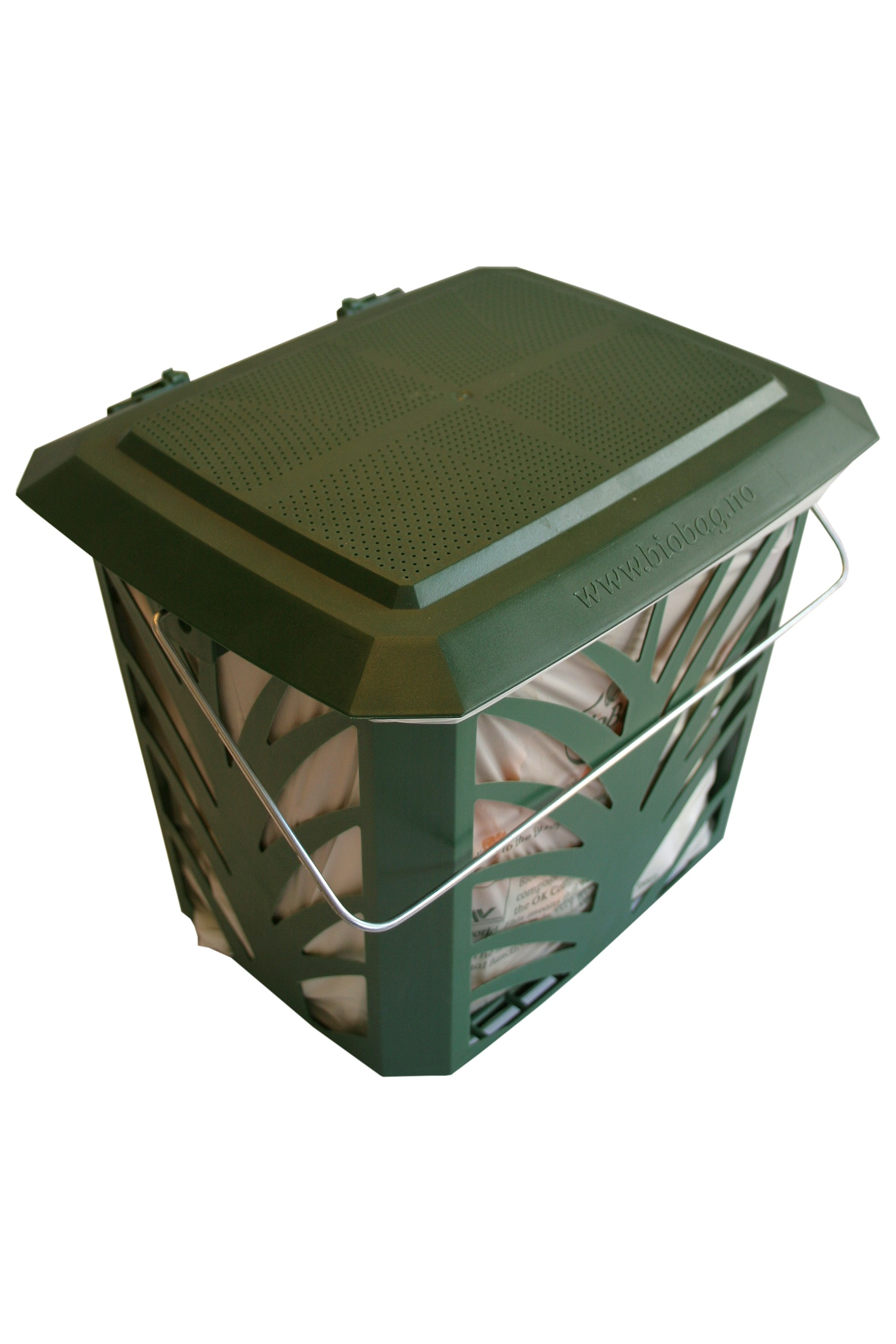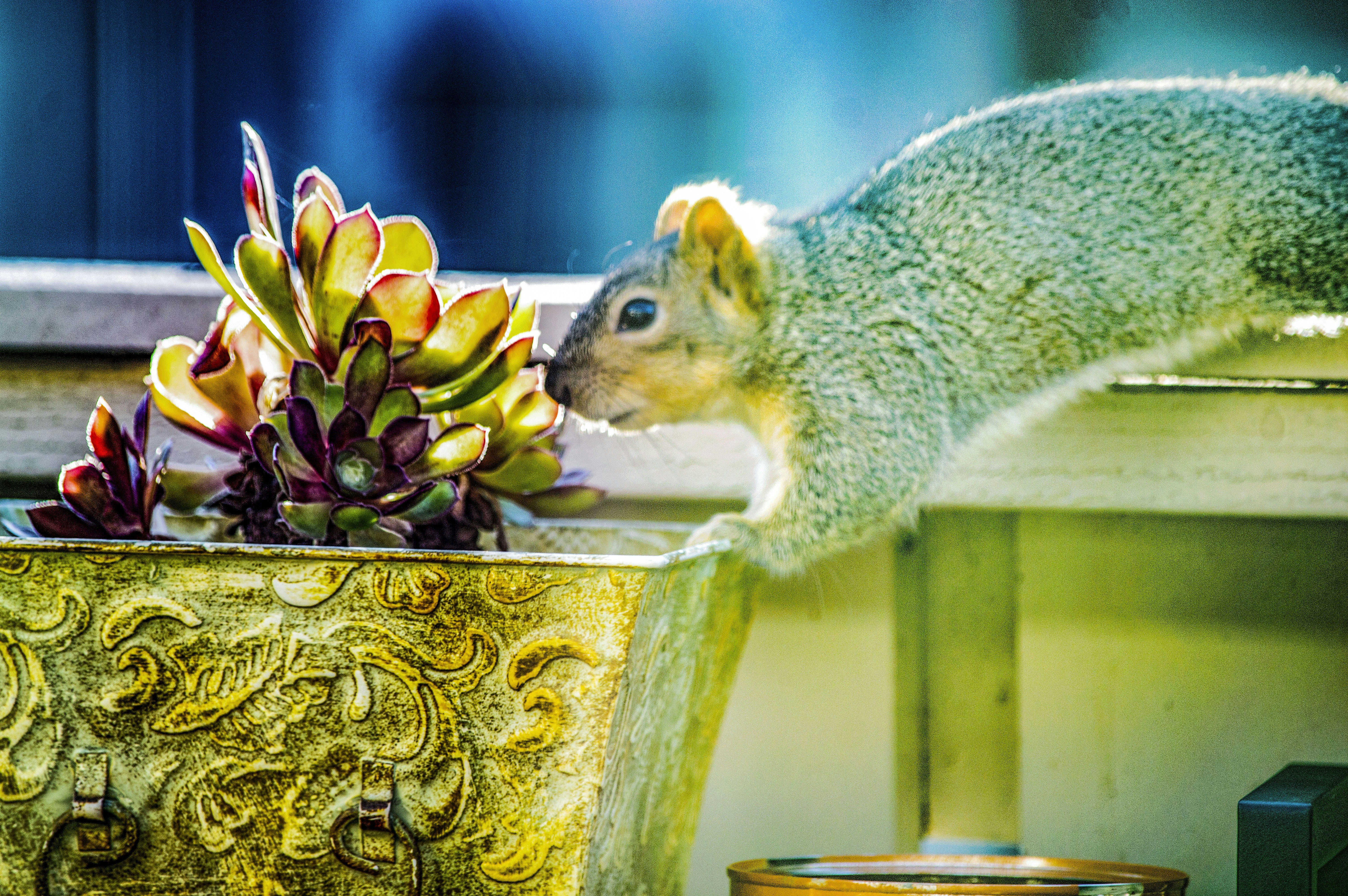Understanding Humidity in Indiana
Indiana experiences a humid continental climate, characterized by significant seasonal fluctuations in humidity levels. During the summer months, residents often face high humidity due to warm temperatures and ample moisture from the Great Lakes. This results in an uncomfortable environment, where excessive humidity can lead to adverse health effects and increased energy costs as cooling systems work harder to maintain comfortable indoor conditions.
In contrast, winters in Indiana bring more variability. Although the temperatures drop, indoor humidity levels can also fall significantly due to heating systems, causing dry air that can lead to a range of discomforts such as dry skin and respiratory issues. Therefore, understanding the humidity challenges specific to Indiana requires a clear recognition of how both seasonal changes and geographical elements, including proximity to water bodies, influence moisture levels in the air.
Furthermore, the impact of humidity extends beyond mere discomfort; it can also affect home maintenance and structural integrity. High indoor humidity levels can lead to mold growth, which poses health risks and can damage property over time. Conversely, inadequate humidity can cause wood furniture and flooring to warp or crack. Maintaining an optimal range of indoor humidity—generally between 30% and 50%—is essential for health and home preservation.
Common misconceptions about humidity often arise from a lack of education on the subject. Many individuals erroneously believe that humidity is only a concern during warmer months; however, winter humidity also requires attention. Monitoring and managing indoor humidity levels using hygrometers and dehumidifiers or humidifiers can be beneficial. Overall, understanding and addressing Indiana’s humidity dynamics is crucial for promoting health, enhancing comfort, and ensuring the longevity of homes.
Types of Ventilation Systems
Homeowners in Indiana facing humidity challenges can select from various types of ventilation systems to improve indoor air quality and alleviate excess moisture. These systems can be categorized into three primary types: natural, mechanical, and hybrid ventilation systems.
Natural ventilation relies on passive air movement facilitated by windows, doors, and vents. This system aids in expelling humid air, particularly during dry periods. Natural ventilation is energy-efficient, requiring no mechanical components, thus leading to lower operational costs. However, its effectiveness is significantly influenced by external weather conditions and may not be adequate during periods of high humidity or stagnation.
Mechanical ventilation systems involve the use of fans and ducts to control airflow intentionally. One common type is the exhaust fan, which is beneficial for local air removal, such as in bathrooms or kitchens where moisture is prevalent. Whole-house ventilation systems distribute filtered outdoor air throughout the entire living space. These systems can be coupled with a heat recovery ventilator (HRV), which improves indoor air quality while minimizing energy loss by transferring heat from outgoing stale air to incoming fresh air. The advantage of mechanical systems is their ability to provide consistent ventilation regardless of outdoor conditions, yet they often involve higher installation and maintenance costs.
Hybrid systems combine elements of both natural and mechanical ventilation, using the strengths of each method. For instance, a hybrid approach may utilize natural ventilation during mild weather while resorting to mechanical systems when external conditions are less favorable. While this can enhance energy efficiency, it requires careful planning and execution to ensure compatibility between the two systems.
Among the technologies employed, exhaust fans, whole-house ventilation systems, and HRVs stand out for their effectiveness in addressing humidity levels. Proper selection and implementation of these systems can significantly improve the comfort and air quality in Indiana homes.
Best Practices for Implementing Ventilation Solutions
To effectively address humidity challenges in Indiana homes, it is essential to implement best practices for ventilation solutions. The first step involves a thorough assessment of the existing ventilation setup. Homeowners should evaluate current air flow patterns and identify any areas where moisture tends to accumulate. This preliminary analysis will serve as a foundation for determining appropriate solutions tailored to the specific needs of the home.
Next, it is crucial to calculate the heating and cooling loads of the residence. This calculation is instrumental in selecting the right ventilation system, as it correlates with the home’s size, building materials, and occupancy. By accurately determining these loads, homeowners can make informed choices about the systems that will efficiently manage indoor air quality while minimizing energy consumption. Choosing a system that aligns with these specifications can significantly enhance overall performance.
Proper installation of the selected ventilation system cannot be overlooked. Engaging qualified HVAC professionals ensures that the system is installed according to industry standards, optimizing its effectiveness in controlling humidity levels. Incorrect installation could lead to reduced efficiency or even damage to the home’s structure over time.
Once the system is operational, regular maintenance is vital for maximizing efficiency and longevity. Essential practices include changing filters at prescribed intervals, cleaning ducts to prevent the accumulation of dust and allergens, and conducting routine assessments by HVAC technicians. Such ongoing maintenance helps to ensure that the ventilation system continues to function optimally.
Furthermore, integrating the ventilation system with other home systems—such as heating and cooling equipment—provides a holistic approach to humidity control. Coordinated operation can lead to better energy efficiency and enhanced indoor air quality. By adhering to these best practices, homeowners can mitigate Indiana’s humidity challenges effectively and enjoy a comfortable living environment.
Real-Life Case Studies and Solutions
In the heart of Indiana, many households experience significant humidity challenges, affecting both comfort levels and indoor air quality. This section showcases case studies of families who have successfully implemented ventilation systems to combat excessive moisture and enhance their living environments.
One notable case involved the Johnson family, who resided in a quaint, older home in Bloomington. The family struggled with dampness in their basement, which led to mold growth and unpleasant odors. After consulting with a ventilation specialist, they opted for a whole-house ventilation system, specifically a heat recovery ventilator (HRV). This solution efficiently exchanged stale indoor air for fresh outdoor air while retaining heat. The installation was seamless, taking only a couple of days, and immediately improved the indoor climate. Post-installation surveys showed that the humidity levels in the basement dropped significantly, and the family’s health improved as well.
Another incident occurred in a modern home in Indianapolis, where the Smiths faced high humidity during the summer months, often exceeding recommended levels. Concerned about the potential for mold and respiratory issues, they explored their options. They decided on an exhaust ventilation system that utilized bath fans and kitchen vents to draw moist air outside. The implementation process highlighted the importance of strategically placing exhaust vents in high-moisture areas. After a month of use, feedback from the Smith family indicated a marked decrease in humidity, allowing them to enjoy a more comfortable home throughout the humid months.
Expert testimonials reiterate these findings, with many professionals emphasizing that effective residential ventilation not only addresses humidity challenges but also contributes to improved overall indoor air quality. Homeowners consistently report reduced allergy symptoms and a more pleasant living environment. Through these real-life examples, it is clear that proper ventilation systems can offer profound benefits for Indiana households facing humidity issues.
If you’re interested in purchasing the item you seek, please click the link for additional details: #americanachoice.
https://amzn.to/3SBN3Oy
AFFILIATE DISCLOSURE: I am an affiliate for this company, I am not a paid employee.
I may receive a commission if you click a link on this page and choose to purchase something.
You can rest assured I will only share things I believe in and will be valuable to you.



